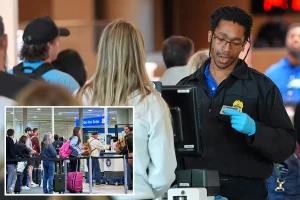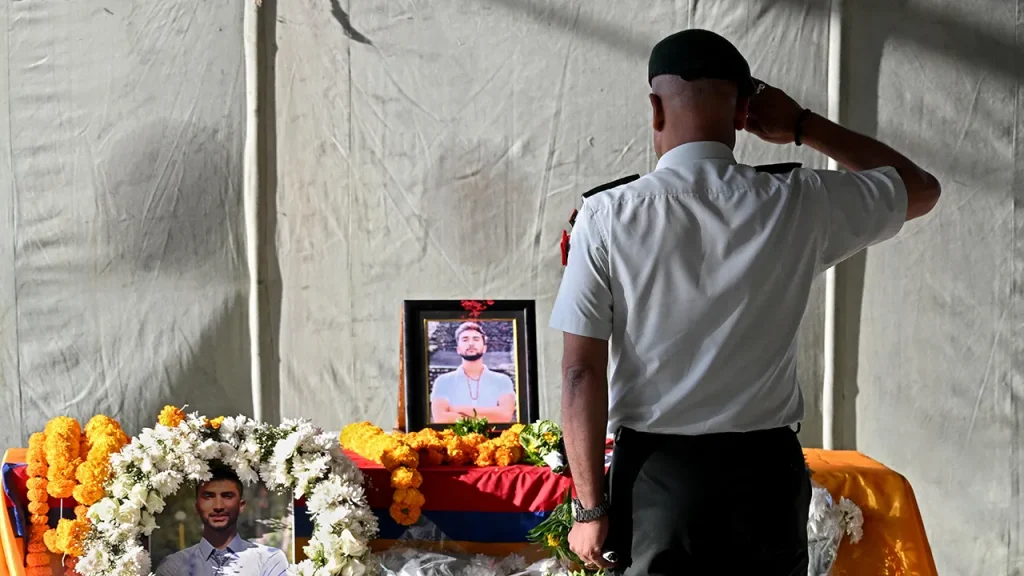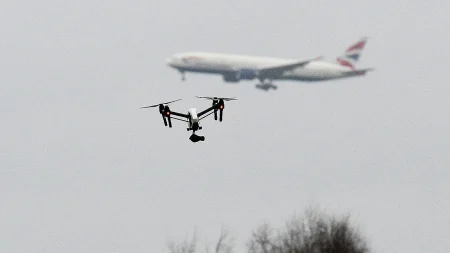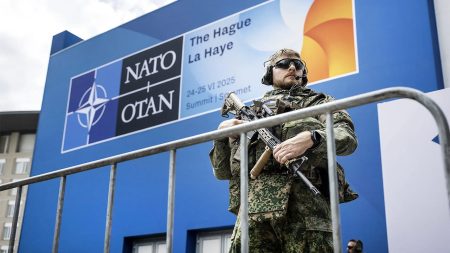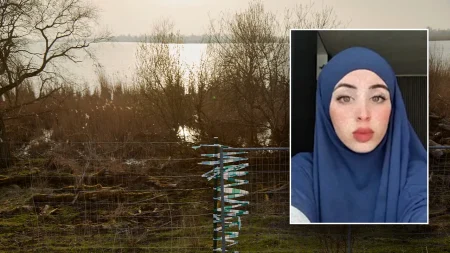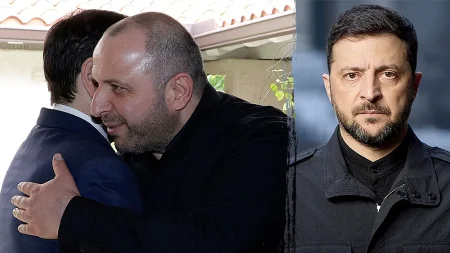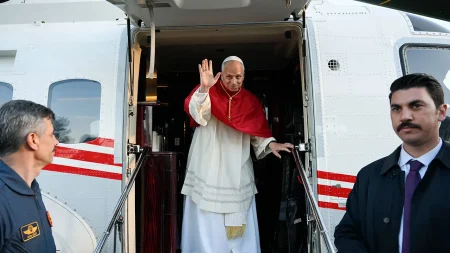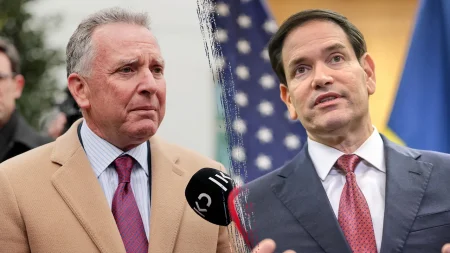Hamas Transfers Deceased Hostage’s Body to Israel Amid Ongoing Ceasefire
In a solemn development amidst the fragile ceasefire between Israel and Hamas, a coffin containing the remains of a deceased hostage was transferred from Hamas to Israel through the Red Cross on Monday. This transfer marks another painful chapter in the ongoing hostage situation, with the Israel Defense Forces (IDF) confirming the handover. The body, which will be received in a military ceremony with a military rabbi present, represents a small step in the arduous process of returning all hostages – both living and deceased – to their families. The Israeli government announced that the National Center of Forensic Medicine will undertake the identification process before formally notifying the family, while all families of deceased hostages have already been updated about this development. Prime Minister Netanyahu’s office emphasized that “the effort to return our hostages continues continuously and will not cease until the last hostage is returned,” highlighting the government’s commitment to this humanitarian mission despite the political and military complexities surrounding it.
The transfer occurred after a brief interruption in the week-old ceasefire following weekend clashes between Hamas and Israeli forces. This resumption of the hostage return process indicates that despite tensions, both sides are attempting to maintain the fragile peace agreement. Hamas claims to have recovered the body on Sunday, and if confirmed as a hostage, it would mean that the remains of 15 hostages are still in Gaza. This follows a previous transfer last week which, according to Israeli authorities, did not contain the remains of a hostage. The IDF stressed that “Hamas is required to uphold the agreement and take the necessary steps to return all the hostages,” while Hamas had previously stated it needed specialized equipment and additional time to recover more bodies – a claim that reveals the challenging conditions under which these recoveries are taking place in the heavily damaged Gaza Strip.
The human dimension of this ongoing tragedy was further highlighted by a concurrent announcement that the remains of Nepali student Bipin Joshi, who was held hostage in Gaza, were being flown from Israel to his hometown of Bhimdattanagar. This international aspect of the hostage crisis reminds us that the conflict has affected not only Israelis and Palestinians but also foreign nationals who were caught in the crossfire when Hamas launched its October 7 attack. Joshi’s return to his homeland represents another family’s journey toward closure, though it comes through the most painful of circumstances. The participation of international organizations like the Red Cross in these transfers underscores the global humanitarian effort to address the aftermath of hostilities, even as a permanent resolution to the conflict remains elusive.
Behind the clinical language of “transfers” and “remains” lies the profound human suffering that continues to unfold. Each coffin represents not just a casualty of conflict but a person with dreams, relationships, and a future that was violently cut short. Families waiting for news exist in an agonizing limbo – hoping against hope for the return of their loved ones alive, while bracing themselves for the devastating possibility of receiving only their remains. This particular transfer came with the weighty notification to all families of deceased hostages, meaning dozens of households spent anxious hours wondering if this was their loved one being returned, a psychological burden that compounds their already immeasurable grief. The military ceremony planned for the reception of the remains offers some dignity and formality to a process that is otherwise marked by uncertainty and pain.
The ongoing ceasefire, despite its fragility, represents the best hope for the remaining hostages and their families. Each successful transfer, whether of living hostages or remains, reinforces the value of maintaining this agreement despite immense political pressures on both sides. The statement from the IDF that “Hamas is required to uphold the agreement” reflects the tension and mistrust that continues to characterize the relationship between the parties. Hamas’s claim about needing specialized equipment points to the practical challenges involved in locating and recovering remains in a war zone where infrastructure has been decimated. These practical considerations intersect with the human urgency felt by families who have been waiting for months for resolution, creating a complex dynamic where humanitarian concerns, political calculations, and logistical realities all collide.
As this latest development unfolds, the international community continues to watch closely, with the United States preparing to oversee the next phase of the peace deal from a coordination base in Israel. This American involvement reflects the global significance of achieving stability in this volatile region. Yet beyond geopolitical considerations lies the fundamental human story – of families torn apart, of communities grieving, and of the arduous journey toward healing that cannot truly begin until all hostages are accounted for. Prime Minister Netanyahu’s statement that efforts “will not cease until the last hostage is returned” resonates not just as a political promise but as recognition of the moral obligation to bring closure to every affected family. As identifications proceed and more transfers potentially follow, each step in this process represents both a painful confrontation with loss and a necessary movement toward the truth that families deserve, however heartbreaking it may be.
